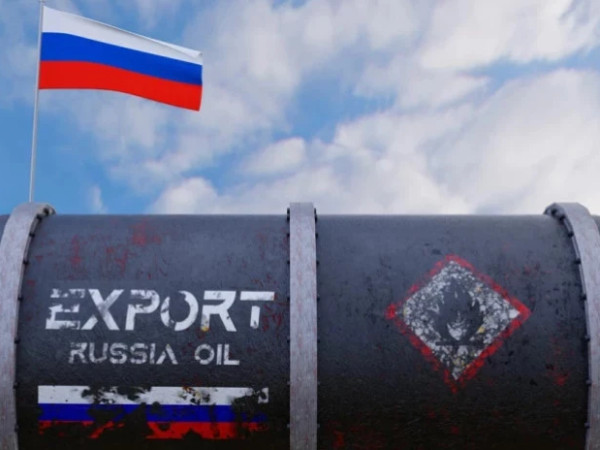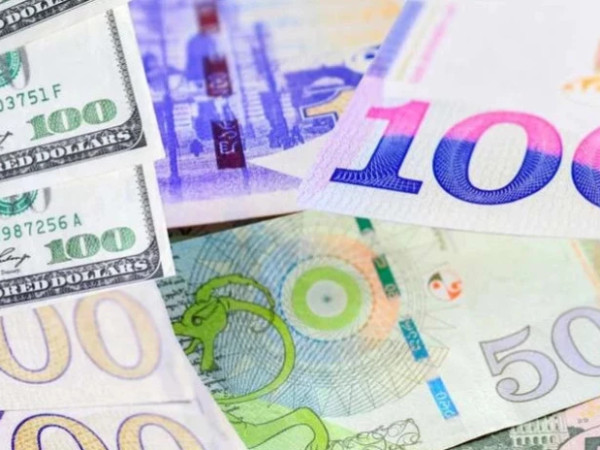Oil prices are expected to fall to between $60 and $70 per barrel (bbl) as a result of continuing oversupply, according to executives from Gunvor, a multinational energy commodities trader, and Trafigura, a Singapore-based commodities company.
The issue of the oil production surplus has already made headlines this year as the OPEC+ alliance made output cuts following the lowest oil prices seen in nine months. Prices currently stand at around $70/bbl, with Brent crude at $71.24 and WTI dipping to $68 late Monday afternoon in London.
Prices spiked to more than $100 in May 2022, before hovering at around $85 for the following 18 months.
On 6 September, OPEC+ agreed to extend current oil output cuts to the end of November in an attempt to rectify the decline, but there is still more oil currently produced globally than consumed.
This balance is only set to worsen over the next few years, Guvnor chairman and co-founder Torbjorn Tornqvist told APPEC attendees.
Ben Luckock, Trafigura’s global head of oil, added that the “market wants to know that OPEC is not going to bring those barrels back, or at best is going to bring it back much slower and on a deferred basis”.
The International Energy Agency (IEA) has reported that world oil demand has continued to decelerate, as growth in the second quarter (Q2) of 2024 eased to 710,000 barrels per day (bbl/d) year-on-year. This is the slowest quarterly increase since Q4 2022. Meanwhile, global supply rose by 150,000bbl/d to 102.9 million barrels per day.
Market concerns around pricing pressures are centred on the US and China, with both major economies reducing their petroleum demand.
The cycle of oil supply surplus won’t end until 2026 or beyond, according to S&P Global Commodity Insights vice-president of research Jim Burkhard, who predicted that OPEC+ will increase oil supply next year for the first time since 2022.


















